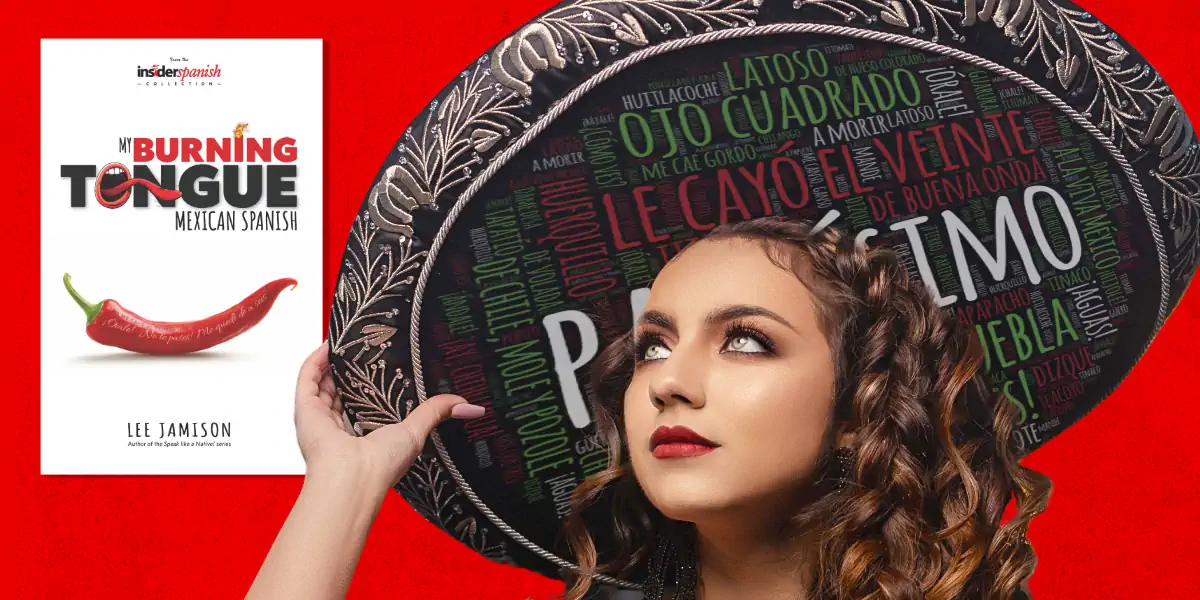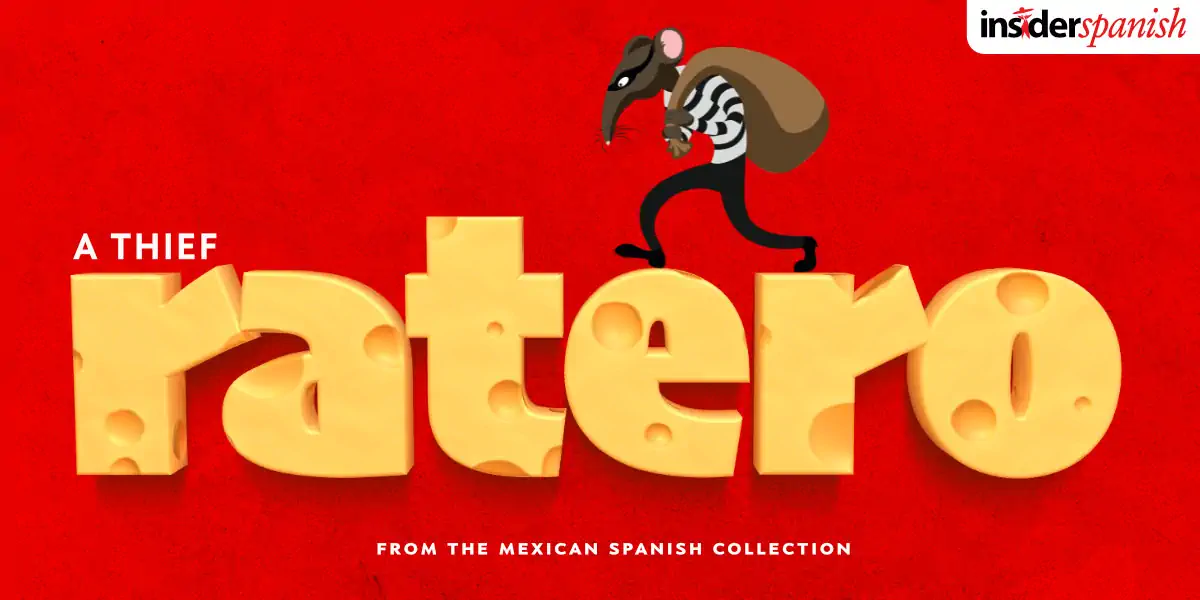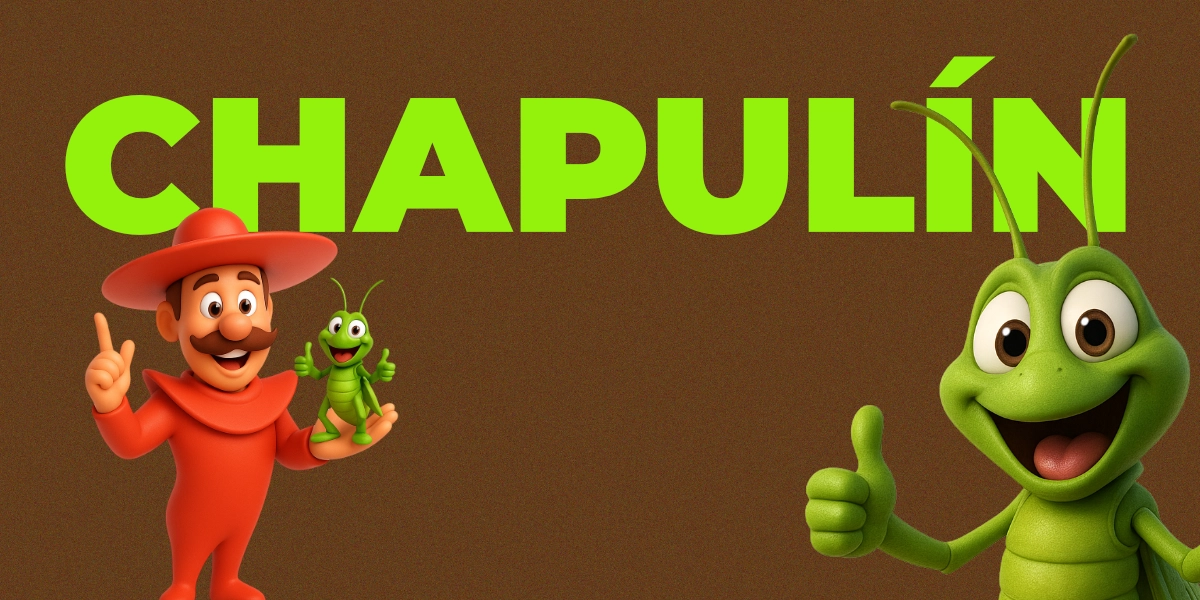Guajolote: The Mexican Word for Turkey (and Its Surprising Cousin, the Guajolota)
DISCOVER the origins of the Mexican word guajolote (turkey) and its Nahuatl roots. Learn how Mexicans use it in everyday speech—and don’t miss the delicious twist: the guajolota, a tamale sandwich that’s pure street-food genius.
IF YOU stroll through a Mexican market around December, you might hear someone shout:
⚽ ¡Amá! ¿Dónde dejaste el guajolote?
🏈 Mommy, Where did you leave the turkey?
No, they’re not talking about some mythical creature from a fantasy novel. They’re talking about a turkey — yes, the same big, feathery bird that gringos obsess over every Thanksgiving.
But here in Mexico, it’s not “turkey.” It’s guajolote, a word with ancient roots and a story worth telling.
🦃 A Word with Indigenous Origins
The word guajolote comes from Nahuatl, the language of the Aztecs. In Nahuatl, the turkey was called huexólotl — a combination of hueyi (great, big) and xólotl (monster or animal). So literally, it meant “great beast” — which makes sense if you’ve ever seen one strutting around a village yard making its bizarre glug-glug-glug sounds.
Over time, Mexican Spanish speakers adapted huexólotl into guajolote — and the rest is history.
🗣️ Example Sentences in Everyday Mexican Spanish
Here are some real-life ways Mexicans use guajolote:
⚽ En Navidad vamos a cocinar un guajolote enorme.
🏈 At Christmas we’re going to cook a huge turkey.
⚽ Mi abuela cría guajolotes en el rancho.
🏈 My grandmother raises turkeys on the ranch.
⚽ Ese cuate come como guajolote.
🏈 That dude eats like a turkey. (Meaning: he eats a lot!)
⚽ Cuando se enoja, se pone rojo como guajolote.
🏈 When he gets mad, he turns red like a turkey.
It’s a versatile word, used both literally and humorously — the way only Mexicans can manage.
🌮 Wait, What’s a Guajolota?
Now here’s where it gets delicious (and slightly ridiculous).
A guajolota has nothing to do with an actual turkey. In Mexico City, a guajolota is the ultimate carb-on-carb breakfast: a tamale stuffed inside a bolillo (a crusty roll).
That’s right — it’s a tamale sandwich.
You can order one from street vendors early in the morning, usually with a champurrado (a thick chocolate atole) to wash it down.
So a typical Chilango breakfast might sound like:
⚽ Dame una guajolota de verde y un champurrado, porfa.
🏈 Give me a green tamale sandwich and a chocolate atole, please.
And there you have it: the most Mexican breakfast imaginable — heavy, comforting, and sure to make you question your life choices before 9 a.m.
🏁 Final Thoughts
The words guajolote and guajolota show just how wonderfully inventive Mexican Spanish can be. One comes from the Aztecs, the other from the genius of street vendors who decided a tamale wasn’t filling enough unless it came with bread.
So next time someone offers you a guajolote, make sure you know whether it’s a bird for dinner — or a tamale sandwich for breakfast. Either way, you’re in for a treat.
¡Así hablamos los mexicanos! From the ancient huexólotl to the modern guajolota, language (and food) in Mexico never stop evolving — or delighting.
#Ad
Get the Ultimate Guide to
Mexican Spanish!

MORE than 167 million natives speak Mexican Spanish—with nearly 40 million speakers in the United States alone. Explore the idiosyncrasies of this colorful language spoken throughout the region. If a Mexican asks you for a popote, should you be worried? If he shouts ¡Aguas!, will you get wet? If another asks ¿Cómo ves?, is he concerned about your visual acuity? Find out what Mexicans are really saying as you uncover the hidden meaning behind more than 500 local words, idioms, and sayings. Some 100 illustrations make it easy to grasp the concept behind the words. We don't teach you Spanish; we teach you how to make your Spanish more Mexican! Get your copy today! Available in print and Kindle versions.





